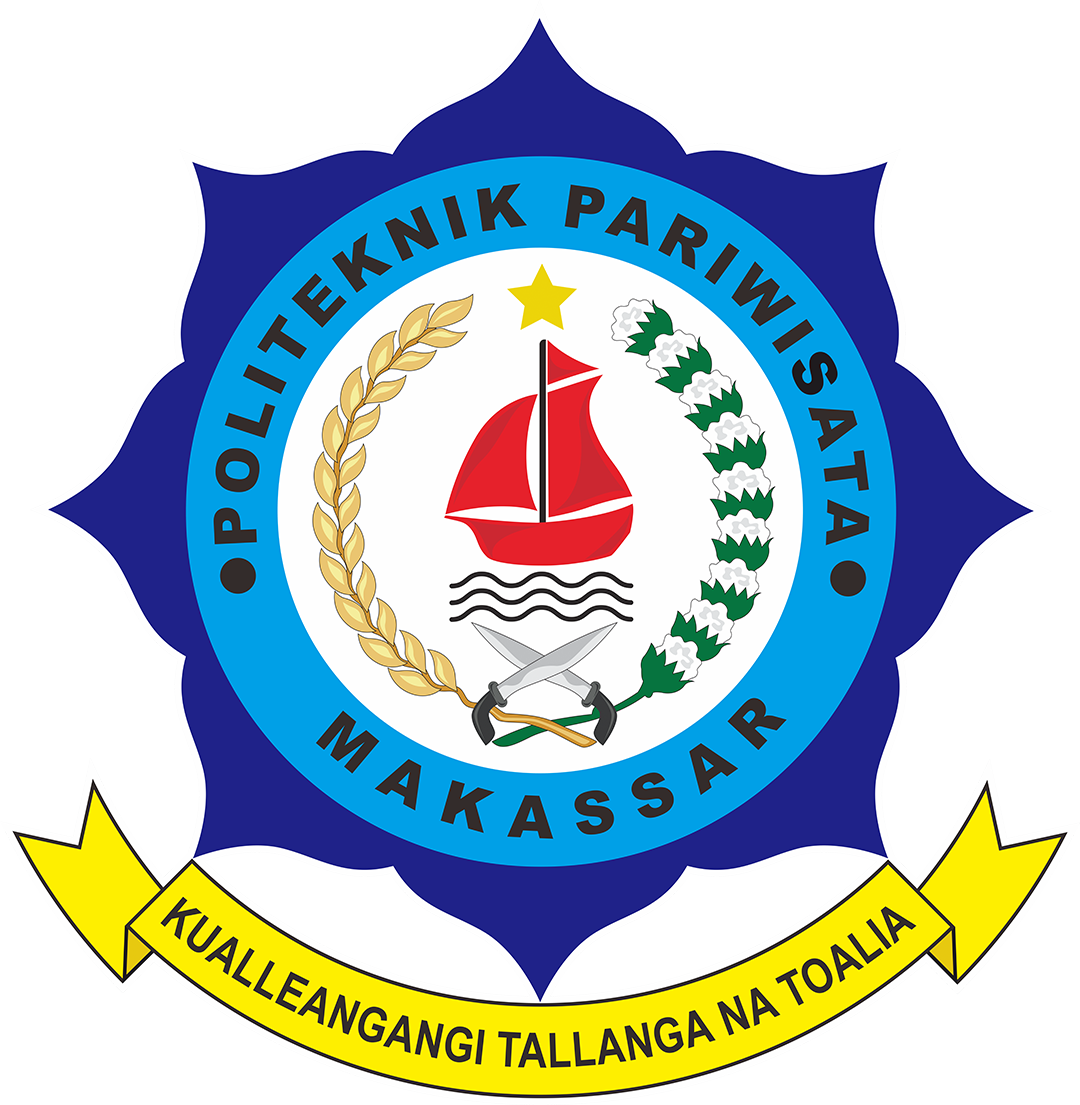Author Guidelines
INDONESIAN JOURNAL OF MARINE TOURISM (IJoMT) publishes manuscripts that are original scientific papers that have never been published and are not in the process of being published in other printed or electronic media. Manuscripts submitted in substance must be based on the focus and scope of the INDONESIAN JOURNAL OF MARINE TOURISM (IJoMT). The manuscript contains studies that strengthen the theory, evaluation of other research results, and policy provisions primarily aimed at marine tourism or development in marine tourism and its relevant issues. The submitted manuscripts discuss issues or problems comprehensively, aiming to provide the latest information on marine tourism. The journal accepts manuscripts written in Indonesian and English according to the journal's rules. The journal accepts manuscripts written in Indonesian and English according to the journal's rules.
- Manuscripts are written using the Times New Roman font; font size 12 for titles, font size 11 for sub titles, 12 for names of authors, 10 for institutions, 11 for main writing, 10 for abstracts, 11 for bibliography, and 11 for writing in tables and sources of images and tables; space between paragraphs is 1; the top and left margins are 4 cm, the bottom and right margins are 3 cm and typed on A4 size paper (21 cm x 29.5 cm). The minimum lenght of the manuscript is 10 pages and maximum length of the manuscript is 15 pages and is given a page number on each sheet. All manuscripts are sent using the Microsoft Word (.doc) or Rich Text Format (.rtf) format.
- The author's name is listed under the title, written in full without mentioning the title, and centered. The author's address (name and address of the institution where the author works) is written completely under the author's name. The author’s e-mail address is written beside the author's address. If the author is more than one person, the writing of his name follows the writing code of ethics.
The script writing systematics are explained as follows:
TITLE
The title should be short, factual and informative, which accurately reflects the content of the text. The title cannot be longer than 14 words. If deemed necessary, the title of the manuscript can be completed with a subtitle to reinforce the meaning of the writing.
ABSTRACT AND KEY WORDS
Abstract is a summary of the most important elements of the manuscript, written in one paragraph of no more than 200 words. Abstract must be able to briefly describe the problem, the purpose of writing, and conclusions. Avoid abbreviations and references in abstracts. Abstracts are written in both Indonesian and English, then followed by keywords in Bahasa Indonesia and English (4-5 words).
INTRODUCTION
Introduction includes the background, objectives, problem statement or problem formulation, theoretical basis (previous research or relevant theory).
METHOD
This section may include research plan or research design, research objectives and targets (population and sample), data collection techniques, research models, and analysis techniques.
RESULTS AND DISCUSSION
This section contains the results of data analysis, testing hypotheses, answering research questions, findings, and interpreting findings. The result is the presentation of data that is relevant to the central theme of the study in the form of a description, narrative, numbers, figures / tables, and a tool. Try to avoid long descriptive-narrative presentations and replace them with illustrations in the form of pictures, graphs, photographs, diagrams, maps, etc., and equipped with explanations and legends that are easy to understand. Meanwhile, the discussion is the result of analysis, correlation, and data synthesis or theoretical proof.
CONCLUSIONS AND SUGGESTIONS
The conclusion is a general description that answers the problem and research objectives (not a summary article). Meanwhile, the suggestion is expected to be able to lead to the research result policy.
BIBLIOGRAPHY
Bibliography is arranged alphabetically based on the name (surname) of the first author. Every reference listed in the bibliography must be cited in the text, and vice versa, every citation must be included in the bibliography.
The minimum number of citations for the literature is 15. Primary literature from several authors is expected to be more than secondary literature. Primary references consist of accredited and non-accredited scientific journals, published research reports, theses, dissertations, main reference textbooks and statutory regulations; while secondary references consist of textbooks, research reports, printed media, and official websites. Wikipedia, wordpress, and blogspot are not official pages. The number of references listed in the body of the manuscript must match the number of bibliographies at the end of the manuscript. Sources must be published in the last 10 (ten) years but not limited to reliable grand theories.
Literature writing on texts uses a "name-year" system in two forms, for example Brugulat & Coromina (2021), (Nguyen & Hsu, 2024). If more than one literature is mentioned together, the writing is arranged based on the year of publication. For example, (Gon, 2017; Mason, 2022; Yachin & Ioannides, 2020). If there are more than two authors, the first author's name (surname) is followed by et al. However, all author and editor names must be written in full in the Bibliography. Unpublished references should be avoided.
INDONESIAN JOURNAL OF MARINE TOURISM (IJoMT) follows the American Psychological Association (APA) format, based on the book Publication Manual of the American Psychological Association, edition VII.




